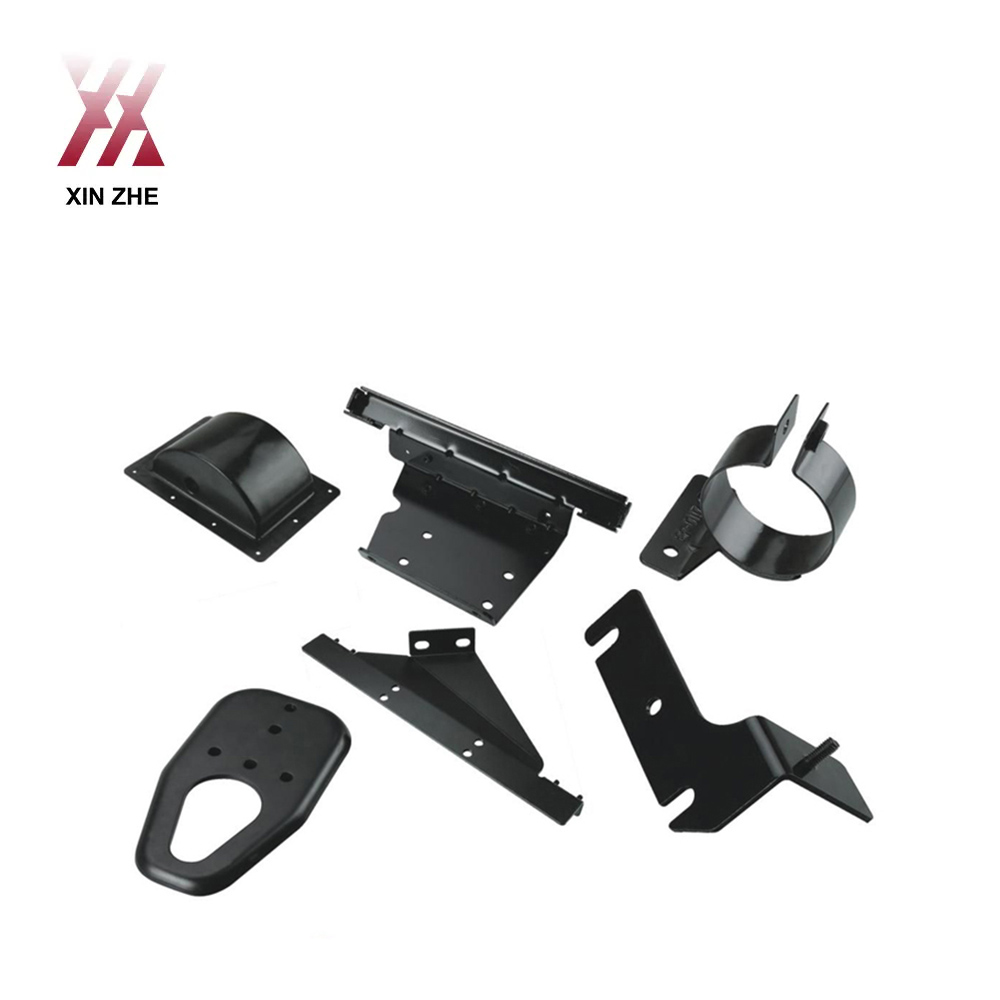When it comes to metal fabrication, one of the most popular techniques is custom metal stamping. This process involves using a press to cut, shape and form metal into specific designs and shapes. Sheet metal pressing is a similar process that involves using a press to form sheet metal into a predetermined shape. These two processes are commonly used to manufacture metal stampings for a variety of applications, from automotive and aerospace to electrical and medical equipment.

Metal stamping has many features and benefits. A key advantage of this process is that it allows for high precision and consistency, which is critical to many industries. With custom metal stamping, manufacturers can create parts with tight tolerances and repeatable shapes. This is especially important for precision components that require high precision, such as microelectronic connectors.
Another benefit of metal stamping is the ability to work with a variety of metal materials. Stainless steel, brass, copper, aluminum, and other metals can be easily punched into a variety of shapes and sizes. This versatility makes metal stamping ideal for a variety of applications, from automotive and aerospace to electrical and medical equipment.
Additionally, metal stamping is a cost-effective process that can help manufacturers save on production costs. The process is efficient with minimal waste, meaning manufacturers can produce parts quickly with minimal downtime. This helps keep production costs low and increases overall productivity.
In summary, custom metal stamping and sheet metal stamping are valuable manufacturing techniques that offer a range of benefits to manufacturers. These processes provide high precision and consistency, are suitable for a wide range of metal materials, and are cost-effective, making them ideal for a variety of industries. If you are looking for reliable and cost-effective metal stamping solutions for your business, contact Professional Metal Fabricator today to learn more.
Post time: Apr-07-2023
